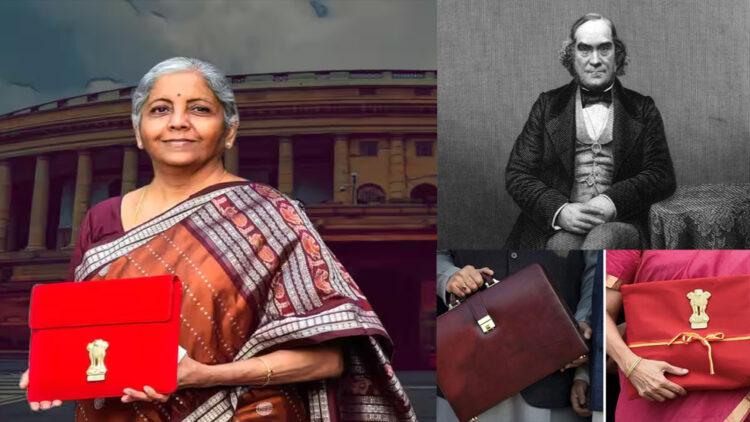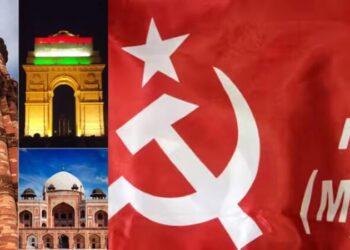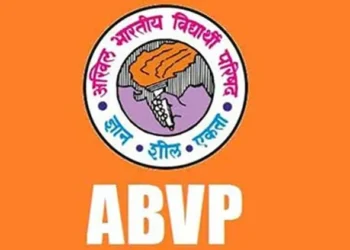New Delhi: Finance Minister Nirmala Sitharaman presented the Interim Budget 2024 today (February 1, 2024), ahead of the upcoming Lok Sabha elections in 2024. This marked her sixth consecutive budget presentation, equaling the record set by former Finance Minister Morarji Desai. Notably, Sitharaman also set a new record by replacing the traditional briefcase with a ‘Made-in-India’ tablet in this digital era. In 2021, Sitharaman introduced the trend of presenting the budget in a paperless format.
Historical glimpse of budget presentation:
➤ James Wilson, a Scottish economist working with the East India Company, presented India’s first interim budget in 1860 during the British era.
➤ In 1947, RK Shanmukham Chetty presented the first post-independence Interim Budget, addressing critical issues such as food grain scarcity, surging imports, and rampant inflation.
➤ The shift to bilingual presentation occurred in 1955-56, with budgets being printed in both English and Hindi.
➤ After 1980, the budget printing process moved from Rashtrapati Bhawan to Minto Road.
➤ Union Finance Minister Yashwant Sinha, in 2001, shifted the announcement time of the Budget from 5:00 pm to 11 am, breaking a colonial tradition.
➤ Until 2016, the Budget used to be presented on the last working day of February.
➤ In 2019, Nirmala Sitharaman changed the visual representation of the budget, replacing the traditional briefcase with a ‘bahi khata,’ a red-colored Indian accounting ledger. This move was seen as a step toward shedding the colonial legacy associated with the budget presentation. Sitharaman stated that the ‘bahi khata’ was more convenient to carry and reflected an authentic Indian touch to the budgetary exercise, as it had been a tool used by business owners for decades.
➤ Finance Minister Nirmala Sitharaman delivered the longest budget speech in India’s history in 2020—two hours and 42 minutes.
➤ 2021 marked a significant technological shift towards paperless budget presentation, using a ‘Made in India’ tablet. This shift aligned with the government’s ‘Digital India’ initiative and addressed the practical aspects of presenting a comprehensive budget.
In 1950, the Union Budget was leaked during Finance Minister John Mathai’s tenure. Following this incident, several stringent security measures were implemented, including quarantine measures for the Finance Minister, other high-ranking officials involved in the budgeting process, and all other staff members connected to budget preparation.














Comments